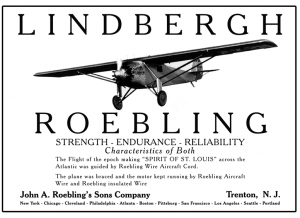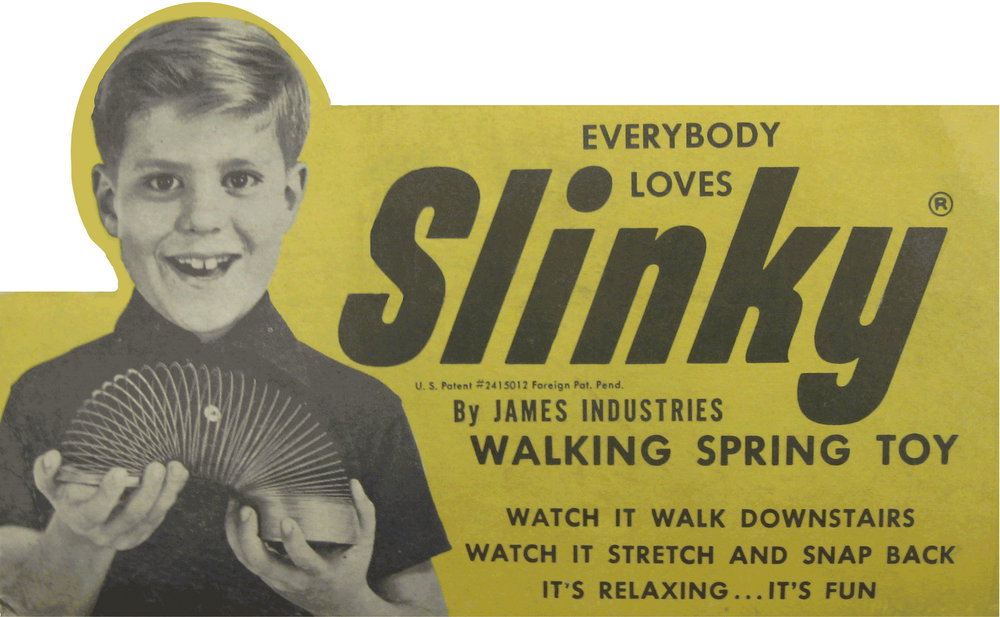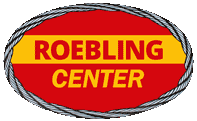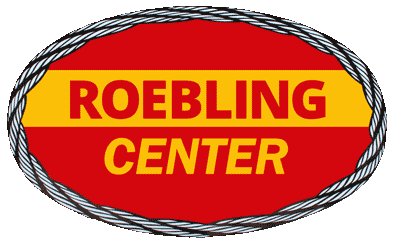HISTORY
Roebling Center is restoring structures erected by the John A. Roebling Sons Company best known for designing and building the Brooklyn Bridge. The Company occupied the site between 1848 and 1952, manufacturing wire rope here for most of the major US suspension bridges built before 1950
The Company invented many applications for wire rope: it was an early investor in the Otis Elevator Company. Additional applications included anti-submarine nets, wire fencing, screens, ski lifts and cable cars.

Aviation was another key specialty market, and one of the Company's most famous customers is Charles Lindbergh. He employed Roebling products in the Spirit of St. Louis, the first plane to fly non-stop from New York to Paris in 1927. Roebling wire rope was used for control cables and wing braces. Roebling insulated wire built the ignition harness, and grounded the airplane's lightning rod.
In 1943, the company supplied the steel wire used in the original "Slinky" toy. Mechanical engineer Richard James invented the Slinky by accident. As part of the war effort, the Philadelphia engineer was working on a system to stabilize sensitive ship equipment at sea, using tension springs. Accidentally dropping some, he was intrigued by how the springs continued to move after hitting the ground. Richard and his wife Betty borrowed $500 to manufacture the first Slinky toys, using a machine Richard designed himself. Sales during the war proved slow, but took off after the Gimbels Department Store in Philadelphia sold 400 units during demonstrations for Christmas 1945 (the war had ended in August). Subsequently, more than 200 million have been sold.
In 1952, the Trenton plant was acquired by Colorado Fuel & Iron Corporation. Operations continued until 1974, when the plant closed. Post closing, the campus was largely vacant, though some buildings continued to function as warehouses through the late 1990's.


